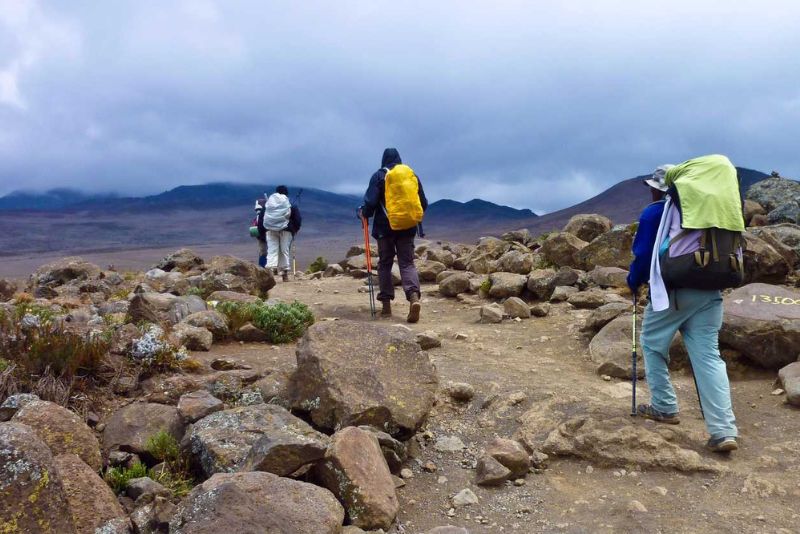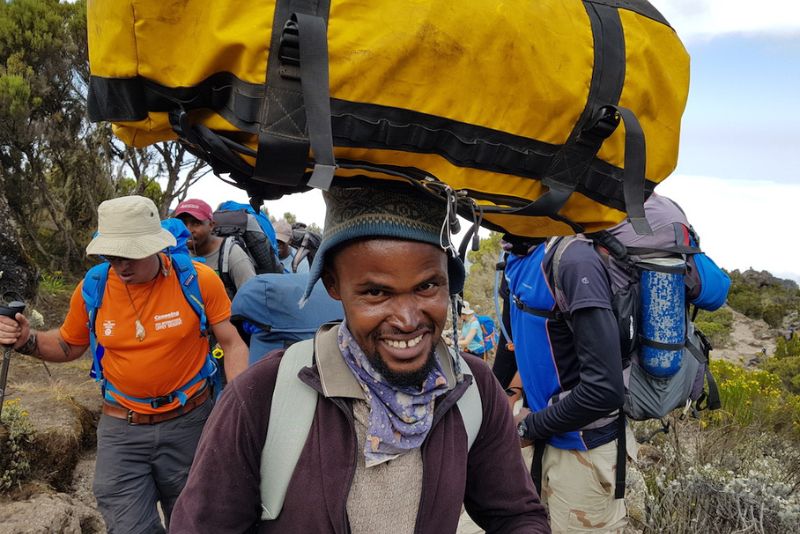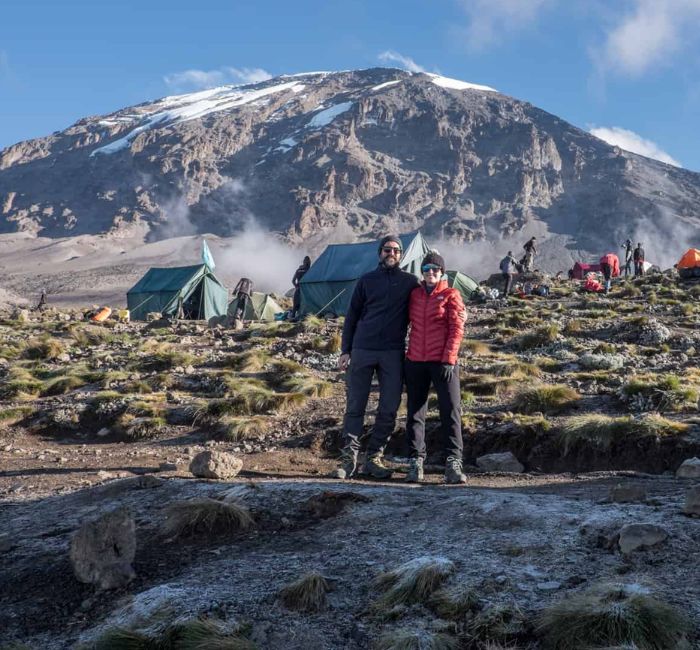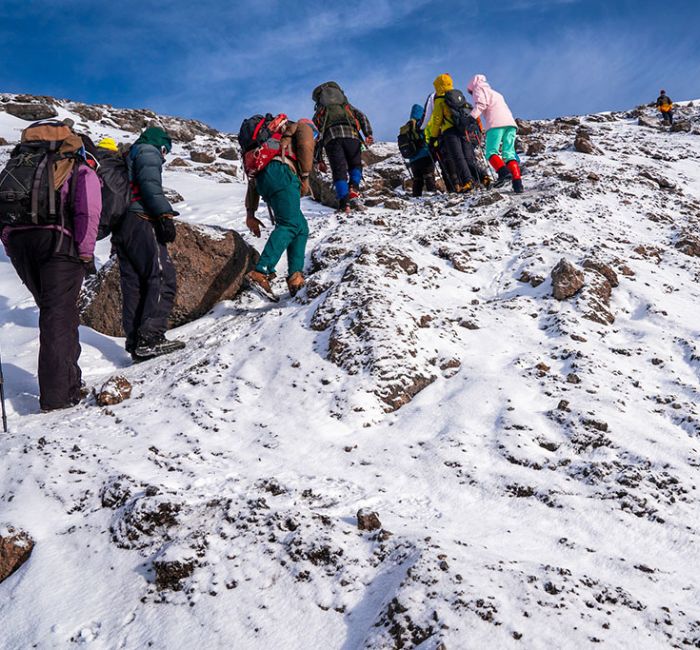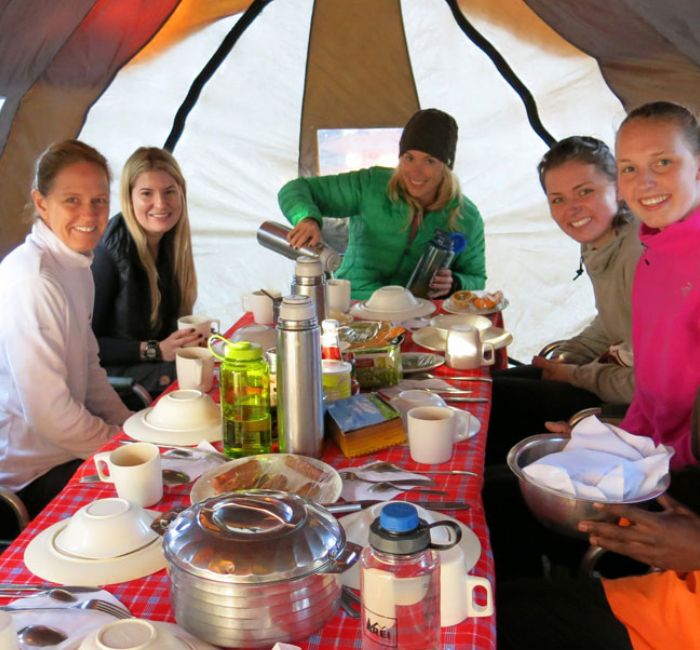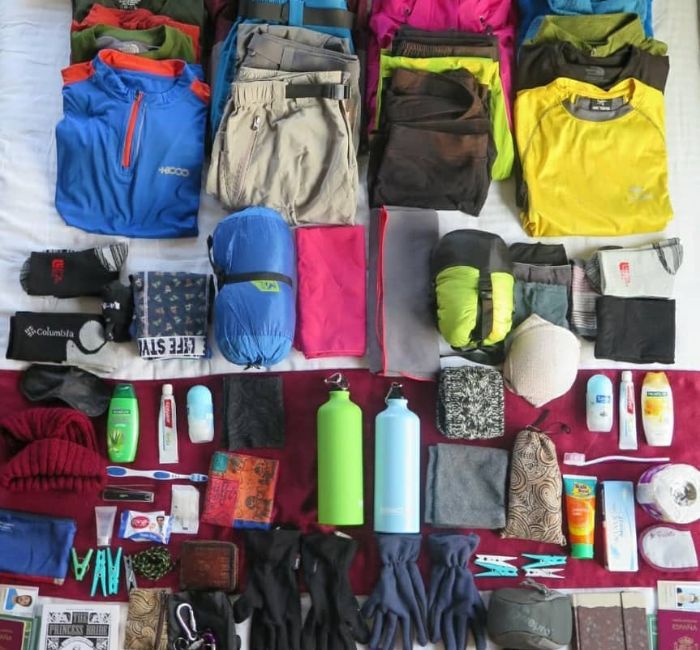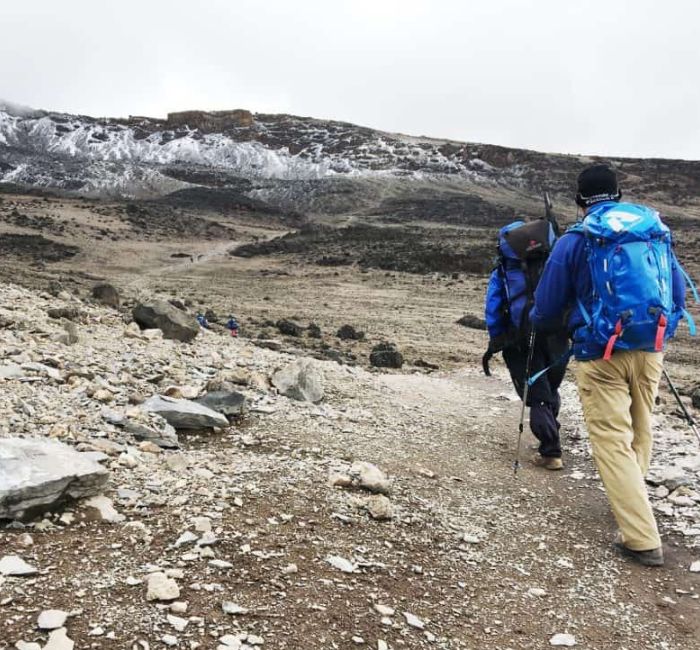Kilimanjaro Weather
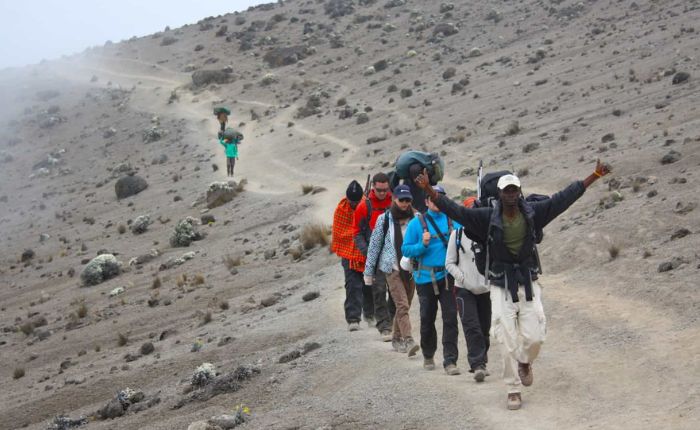
Kilimanjaro Weather
Temperature and Climate
Temperatures on the expedition may vary from 0 to 30 degrees during the day and- 20 to 10 degrees at night .Its best to be prepared weather turning bad usually the days are hot and the night are cold. You should be read for for lower temperatures due to wind chill or the inclement weather at all times as the weather can change rather quickly at high altitude. For accurate weather information please review these two websites.
Altitude Considerations
The human body is quite capable of adapting to a very wide range of barometric pressures and there is plenty of oxygen even at the highest point of this expedition. However, the process of adaptation or acclimatization does take time and the most important rule is to gain height slowly. Keeping well hydrated is also huge factor in avoiding Ams (Acute Mountain Sickness). AMS is brought on by lower oxygen levels at higher altitudes. Symptoms in cloud breathlessness, headache, poor sleep, nausea & dizziness.AMS is treated simply by not ascending to higher elevations or in more severe cases descending to lower elevations, Where in most cases the symptoms are quickly relieved . This itinerary as been designed to minimize the chances of you getting altitude sickness .Our guides are highly experienced in these matters and will be able to give you good advice to help minimize any temporary discomfort that you might experience. If you have suffered serious problems at altitude before, you should seek the advice of your doctor or a specialist. Please note it is common for most people to experience mild headaches on the summit day of this expedition .n Always keep your guide informed on how you are feeling.
Diamox (Acetazolamide)
Diamox (Acetazolamide) is a carbonic anhydrase inhibitorn.In simple terms Diamox causes the kidneys to excrete more bicarbonate which causes the blood to become more acidic. Acidifying the blood stimulates ventilation, which increases the amount of oxygen in the blood which reduces the chances of getting AMS. We recommend all participants especially those who have had AMS in the past to take diamox prophylactic ally (as a preventative) on Kilimanjaro, stating on the first day of trekking. Current guide lines suggest 125 mg twice per day (in tablet form not capsules). You should try taking Diamox for two days at same stage prior to departing to ensure you don’t suffer any of the more serious side effects. Numbness and tingly fingers and toes and common but in some cases users can suffer from nausea, vomiting or diarrhea If you experience any of the latter three side – effects we would advice against using Diamox. Always consult and follow the advice of your own doctor about Diamox or any other medication.
Gallery
